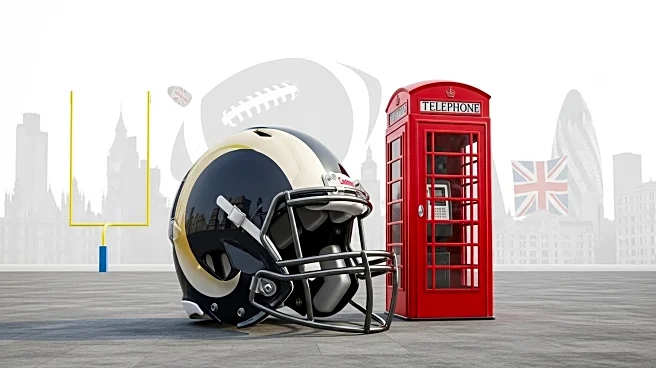Gulls and seagulls are seabirds of the subfamily Larinae. They are most closely related to terns and skimmers, distantly related to auks, and even more distantly related to waders. Until the 21st century, most gulls were placed in the genus Larus, but that arrangement is now considered polyphyletic, leading to the resurrection and revision of several genera.[1] An older name for gulls is mews; this still exists in certain regional English dialects and is cognate with German Möwe, Danish måge, Swedish
mås, Dutch meeuw, Norwegian måke/måse, and French mouette
Gulls nest in large, densely packed, noisy colonies. They lay two or three speckled eggs in nests composed of vegetation. The young are precocial, born with dark mottled down and mobile upon hatching.[7] Gulls are resourceful, inquisitive, and intelligent, the larger species in particular, demonstrating complex methods of communication and a highly developed social structure. For example, many gull colonies display mobbing behaviour, attacking and harassing predators and other intruders. Certain species, such as the herring gull, have exhibited tool-use behaviour, for example using pieces of bread as bait with which to catch goldfish. Many species of gulls have learned to coexist successfully with humans and thrive in human habitats. Others rely on kleptoparasitism to get their food. Gulls have been observed preying on live whales, landing on the whale as it surfaces and pecking out pieces of flesh.
Spain update. Just got back from a lovely night with DbacksEurope and has family. Wonderful to make an online acquaintance real, and add new friends too. One day, I hope to have my eyes open in a picture. But today was not that day. 😀
















